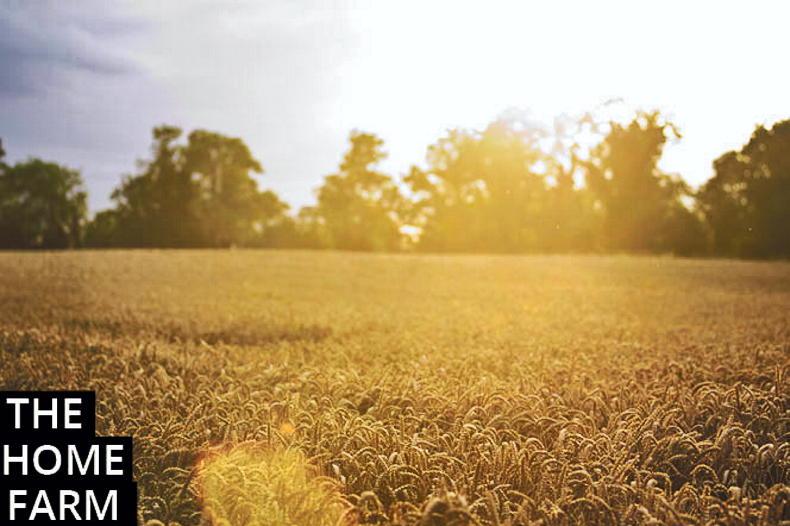The biting strong wind and absence of significant rain, finally left the land dry enough to travel on by Sunday.
It was a question of setting priorities. We were not the only ones in the area hoping to get fertiliser out on crops that needed it badly.
We had got the urea with sulphur delivered in 600kg bags a few week ago, so we were ready to go straight away on the winter barley and oilseed rape. The oilseed rape is the poorest I have ever grown.
From a distance, the two fields look reassuringly green, but close up there are real problems.
Some of the headlands have effectively no crop at all. It’s not just a low plant population – it’s a total absence of any plants. It is clear that there has been compaction which, coupled with late sowing and continuous rain, has prevented germination or growth.
In a normal year I would not have considered the first week in September as very late for sowing oilseed rape, but our normal target date of 20-25 August was impossible in the autumn of 2023.
Out in the rape fields, while the pools of water have largely soaked away, the damage has been done. What will it yield?
Our target yield in a normal year for oilseed rape is as close to 2t/acre as possible.
In 2022, we achieved the 2t at an average price of almost €700/t. I reckon we will be lucky to get a 1t/acre this year, with a price likely around €450/t.
The winter barley looks much more promising. The first sown in late September, while yellow looking, has a full plant population and with hardly any visible damage, it should, with normal husbandry, yield okay. The later-sown winter barley is really disappointing. Sown in early October into a first-class seedbed, it lashed rain the day after and the crop is patchy, with large bare patches where the seed was effectively drowned before emerging.
We can only make the best of what we have and we still have to sow the gluten-free oats and beans, as well as a small amount of spring barley, where we failed to get winter wheat finished.
On the cattle side, we are continuing to sell the beef, replace with young stores – which we have again been able to graze by day with practically no damage being done, though with the forecast for continuing wet weather, I am not sure when we will have cattle out full time.
The biting strong wind and absence of significant rain, finally left the land dry enough to travel on by Sunday.
It was a question of setting priorities. We were not the only ones in the area hoping to get fertiliser out on crops that needed it badly.
We had got the urea with sulphur delivered in 600kg bags a few week ago, so we were ready to go straight away on the winter barley and oilseed rape. The oilseed rape is the poorest I have ever grown.
From a distance, the two fields look reassuringly green, but close up there are real problems.
Some of the headlands have effectively no crop at all. It’s not just a low plant population – it’s a total absence of any plants. It is clear that there has been compaction which, coupled with late sowing and continuous rain, has prevented germination or growth.
In a normal year I would not have considered the first week in September as very late for sowing oilseed rape, but our normal target date of 20-25 August was impossible in the autumn of 2023.
Out in the rape fields, while the pools of water have largely soaked away, the damage has been done. What will it yield?
Our target yield in a normal year for oilseed rape is as close to 2t/acre as possible.
In 2022, we achieved the 2t at an average price of almost €700/t. I reckon we will be lucky to get a 1t/acre this year, with a price likely around €450/t.
The winter barley looks much more promising. The first sown in late September, while yellow looking, has a full plant population and with hardly any visible damage, it should, with normal husbandry, yield okay. The later-sown winter barley is really disappointing. Sown in early October into a first-class seedbed, it lashed rain the day after and the crop is patchy, with large bare patches where the seed was effectively drowned before emerging.
We can only make the best of what we have and we still have to sow the gluten-free oats and beans, as well as a small amount of spring barley, where we failed to get winter wheat finished.
On the cattle side, we are continuing to sell the beef, replace with young stores – which we have again been able to graze by day with practically no damage being done, though with the forecast for continuing wet weather, I am not sure when we will have cattle out full time.






 This is a subscriber-only article
This is a subscriber-only article










SHARING OPTIONS: